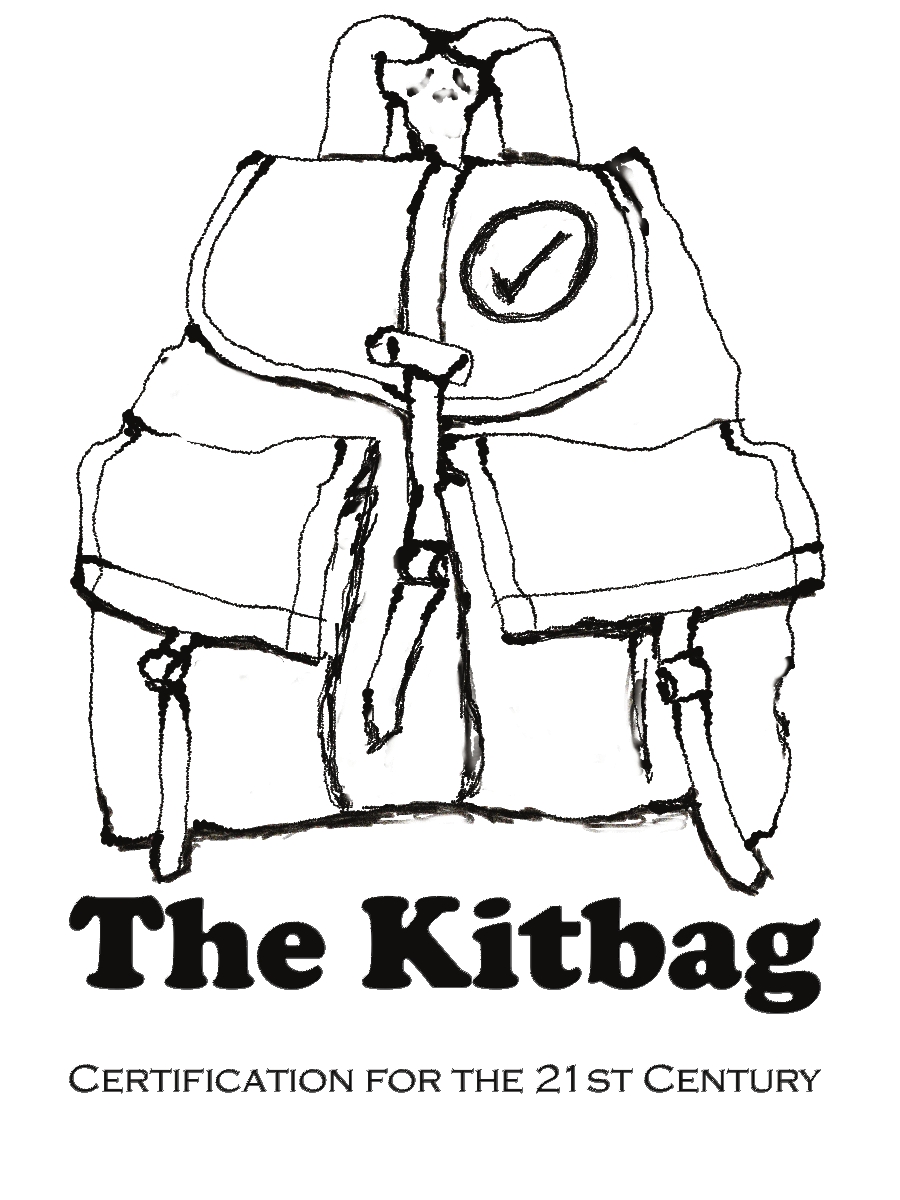Some economists tell us that price is the only signal that is needed in the market. This signal indicates when supply is high or low relative to demand. The need for only a price signal in the market may have been the case when Adam Smith was writing in the late 1700s when purchasers most likely knew the person selling a product, how it was made and where it came from. For us living in a global economy most of this information is not readily available.
We want or need to know about a product in order to make a choice. In addition to price we need to know about quality, materials, the source of materials, where a product is made, the conditions under which it is made and a host of other bits of information.
We have standardized many elements from voltage for electronics to thread size of bolts, each of these need to be identified and confirmed when, for example we need to make sure that your bolts fit the other parts on my machine; or when we need to know the grade of wood (i.e. how many knots and of what size to expect) for the wood we want to buy without having to travel to the sawmill to inspect each shipment.
As global supply chains grow and as market demand reflects changes in values about the products we buy, certification schemes have been created that provide information about the sourcing of raw materials, resource extraction, the impacts of processing, as well as the working conditions in mines, forests, fisheries and factories. Certification schemes can enable purchasers, either processors in the supply chain, retailers or consumers to make purchasing decisions on a host of product characteristics.
Effective certification schemes are the ones that fill an information need in the global supply chain and better enable sellers and buyers to match up their needs with the products and services available.
Certification schemes that are successful in providing clear and useful information about the characteristics of products, services as well as process and production methods will be most successful and will be best placed to support and encourage markets to prefer environmentally and socially beneficial purchasing decisions.
